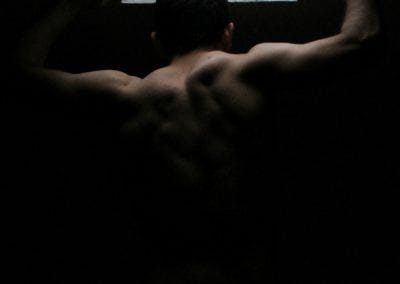The Sustainable Training, Treatment, Employment Program Model: Effects Of Manual Therapy On Musculoskeletal Pain And Limitation In A Filipino Squatter Community
Vindigni, D, Polus, van Rotterdam, J, Da Costa, C, Edgecombe, G, Walsh, M, Howard, M, Browell, T, Biasbas, A, Cohen, M, Paterson, C. (2011) Journal of Manipulative and Physiological Therapeutics 34(6) 381-387
ABSTRACT
OBJECTIVE:
The purpose of this study is to describe the musculoskeletal conditions and associated pain and limitation and the effects of massage treatment in a Filipino squatter community.
METHODS:
The study was conducted at the Hands On Philippines Education (HOPE) clinic in Bagong Barrio, Caloocan, Philippines. Baseline data were collected before the first treatment, and follow-up data were collected immediately after the second treatment. Treatment was delivered by massage students who were trained in massage by a chiropractic program faculty member through the Project HOPE charitable community-based initiative. A prospective pretest-posttest observational research design was used. The sample consisted of 290 subjects aged 16 years and older visiting the Project HOPE clinic. One hundred ninety-two subjects completed the follow-up surveys. The outcome measures were sites of pain, self-reported levels of pain, and limitation to activities of daily living at baseline and after the second massage therapy treatment.
RESULTS:
Three self-reported anatomical locations were identified by each subject. The most frequently reported painful sites over the last 7 days among the 166 respondents were the upper back (36.7%), lower back (18.7%), and shoulders (16.3%). The pre-post treatment analyses of pain and disability was restricted to 66 participants who provided completed outcome measures. After 2 massage therapy treatments, all pain and limitation scores decreased. A comparison of mean self-reported levels of pain and disability at baseline and immediately after the second consultation showed statistically significant decreases of pain (t65 = 16.97, P < .001) and disability (t65 = 12.4, P < .001).
CONCLUSION:
This study suggests that participants who visited the Filipino squatter community clinic experience a high prevalence of musculoskeletal conditions located primarily within the axial skeleton, and that, in the short term, massage therapy delivered on-site by trained therapists was helpful in reducing self-reported levels of pain and limitation to activities of daily living
